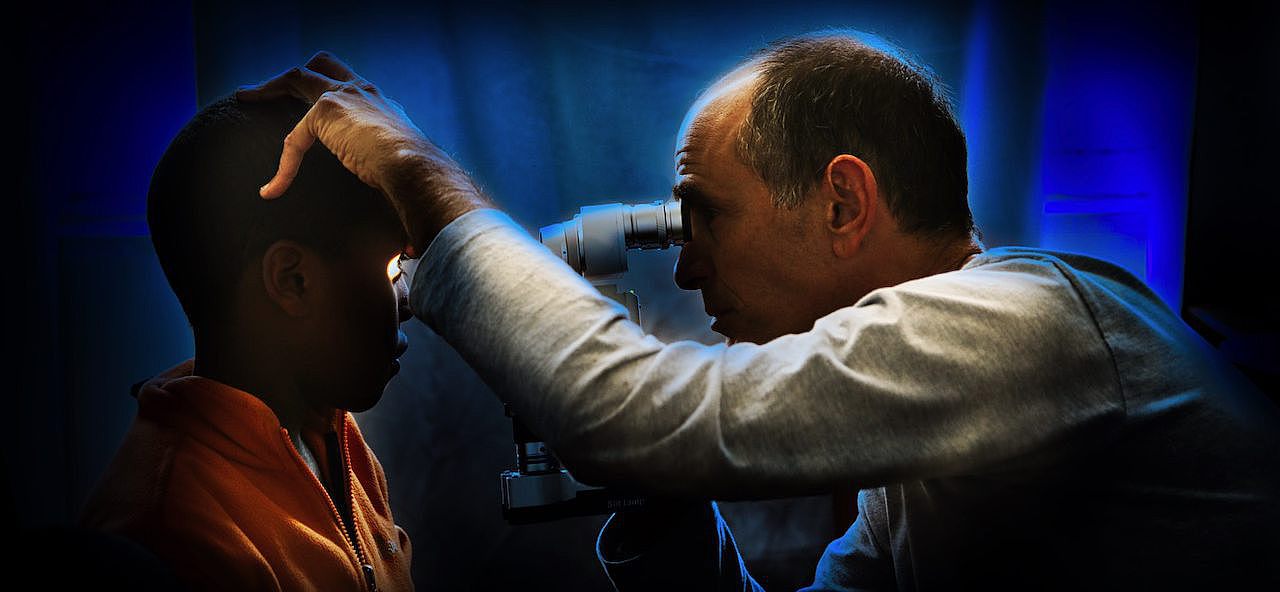Recovery for Blindness: Development of Vision Following Late Emergence from Congenital Blindness

Consider the following: you've been blind from birth for years and the image of the external world has never reached your retina. Suddenly, this obstacle is removed. What exactly will you be able you see? Can you visually recognize everyday objects? Will an object (e.g. a ball) that you've easily recognized through touch, be immediately recognized from its newly seen visual image. This is the famous philosophical question put by Molyneux in the 17th century, to which we still do not have a full answer. Recently, Sinha and colleagues have addressed this issue directly by studying children with congenital cataract, who were surgically treated only years after birth. Their results suggest that visual-tactile matching is not immediate, but can be established within days after surgery. However, the general issue of visual learning under these conditions is far from being understood. Other studies on sight recovery show that some aspects of learning to see properly are very difficult, if not impossible, if sight is recovered late in life. Even though some initial studies have been conducted with sight-recovered children and adults, we still lack both a detailed empirical knowledge, as well as a theoretical understanding, of what are the possibilities and limitations of sight-recovery, which can guide visual learning and rehabilitation.
For example, we wish to know, whether there are critical periods for the learning process. Can sight-recovery patients learn to use their vision in order to understand different aspects of their physical environment, recognize objects, the actions of other people, and social interactions between people? How is sight-recovery similar to, and different from, normal visual learning in infancy and early childhood? Can visual cues used in infant learning be adapted to guide sight-recovery? Is action required for learning? What is the contribution of the other sensory modalities in recovering visual perception? For example, will sight-recovered children easily recognize views of hands and other body parts, which they have been using all along, and to what degree can these children use their hands to perform visually guided actions? More generally, is haptic experience enough to generate an internal model of the visual object? And if there is a multimodal representation, does this require massive learning to integrate the information available from the unimodal representations? Is an object representation unique for each sensory modality, or is there also a multimodal representation of the object? Questions like these probe the core of perception and its acquisition, and are fundamental to our understanding of how perception and cognitions are formed. Sight-recovery offers a unique perspective to study them.
Amazingly, millions of medically neglected children suffering from easily treatable blindness (e.g. congenital cataract) live in the developing world. In recent years, we have established a program in Ethiopia to reach out for these children and surgically treat them allowing them the chance to see again. But how well can they see? What can they learn to see? This initiative affords us a unique opportunity to follow the development of visual skills and their associated neural correlates from before sight restoration treatment and thereafter. This effort follows a pioneering project (Project Prakash), which has been initiated ten years ago in India by Prof. Pawan Sinha to treat children with congenital cataract and evaluate their visual capabilities. Currently, there is virtually no knowledge of the limiting factors for the recovery of visual functions in such children. Moreover, the limited information available lacks a comprehensive theory of visual development to guide experimental testing, i.e. a theory that would predict which functions would be gained post-operatively, and at what order. We will utilize theoretical approaches (biologically-inspired computational modeling, Bayesian modeling), to study the development of sophisticated visual and multisensory capabilities such as parsing scenes into meaningful objects, integrating multisensory information, coordinating and guiding actions, identifying actors and their goals or predicting events.
In summary, our studies of sight-recovery will be directed at two interacting objectives. First, understanding basic issues in how knowledge of the world and the use of sensory information to generate actions, emerge from the combination of innate mechanisms and visual experience. Second, help children in developing countries to regain sight, and to develop novel learning and rehabilitation procedures for sight recovered children.
This project is funded by the German Research Foundation (DFG) as an Deutsch-Israeli-Project (DIP) with project number ER 542/3-1.
